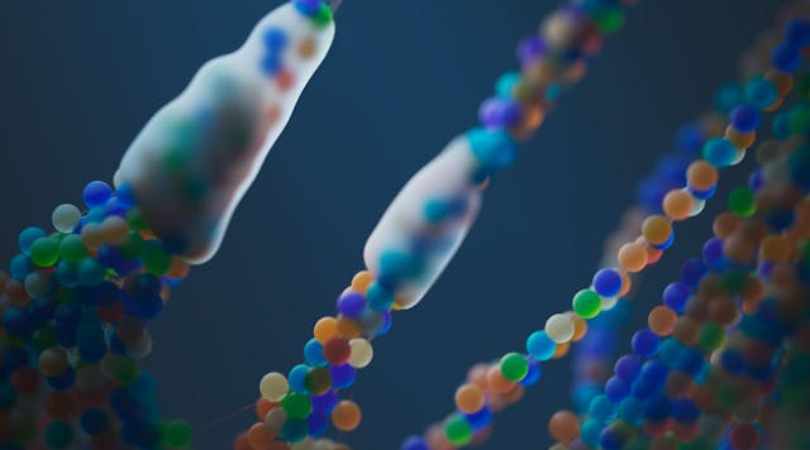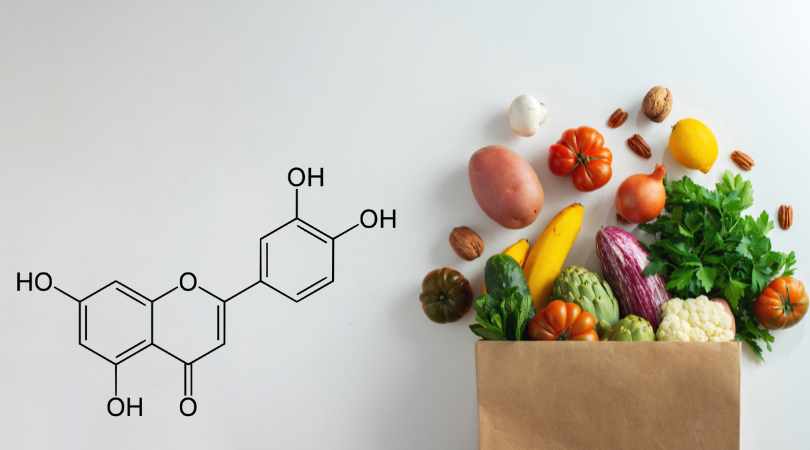Scientists have successfully restored the lost uricase enzyme, a key breakthrough in combating fructose-induced fat formation. This discovery offers new hope for preventing obesity and metabolic disorders by targeting how the body processes sugar and stores fat.
Limited Quantities Available! Order Today and Enjoy Free Shipping on Orders Over $100!
Triglycerides
Fats found in the blood—elevated by fructose metabolism and linked to heart disease, insulin resistance, and liver fat.
Triglycerides Tell a Bigger Story
High triglycerides aren't just about fat—they're often a sign of runaway fructose metabolism.
Fructose is uniquely lipogenic: it bypasses normal energy regulation and is rapidly converted into triglycerides in the liver. This can lead to fat buildup in the blood, liver, and organs—fueling insulin resistance, inflammation, and cardiovascular risk, even in people who appear healthy on the outside.
SugarShield helps reduce the metabolic burden that leads to elevated triglycerides by supporting healthier fructose processing. By addressing the root cause—not just the symptom—it promotes better lipid balance and long-term metabolic resilience.
What Are Triglycerides?
Triglycerides are a type of fat (lipid) found in the blood. After eating, the body converts excess calories—especially from sugar and carbs—into triglycerides for storage.
Normal vs. Elevated Levels
While some triglycerides are normal, high levels are associated with:
- Heart disease
- Insulin resistance
- Non-alcoholic fatty liver disease (NAFLD)
Fructose and Triglycerides
Fructose is uniquely lipogenic—drives fat creation in the liver through de novo lipogenesis, leading directly to triglyceride formation. These fats are then packaged into VLDL particles and sent into the bloodstream.
Endogenous Risk
Even without eating fructose, the body can create it from carbs via the polyol pathway, continuing to raise triglyceride levels in the background.
At LIV3, we aim to interrupt this hidden fat-generation engine by blocking fructose metabolism, which reduces triglycerides at the metabolic root—not just the diet surface."






